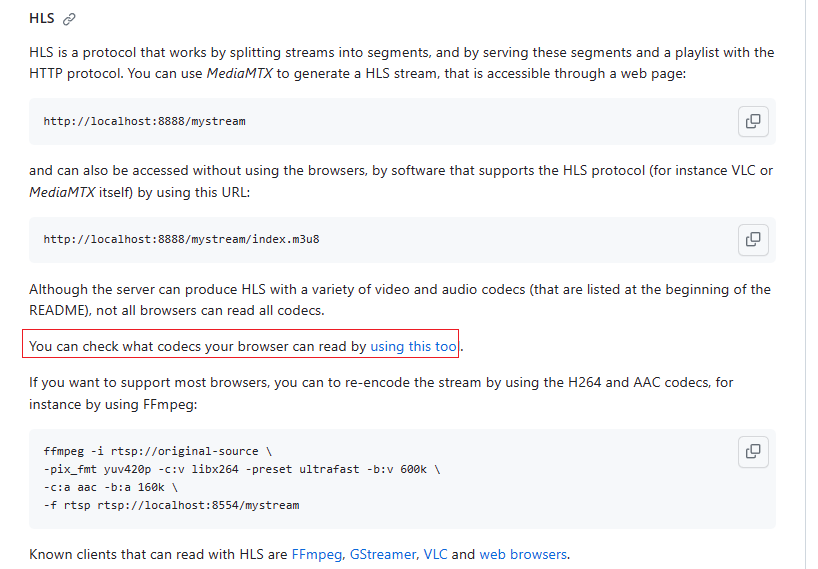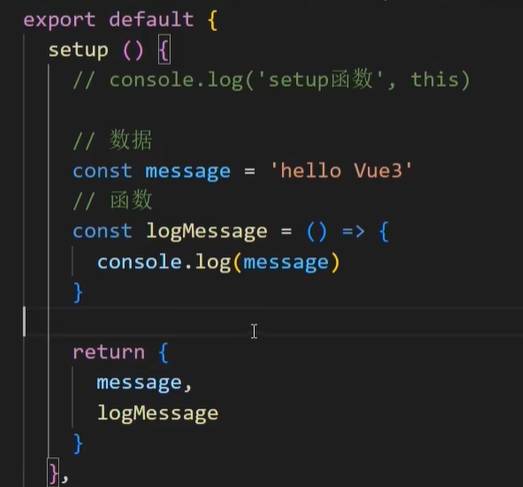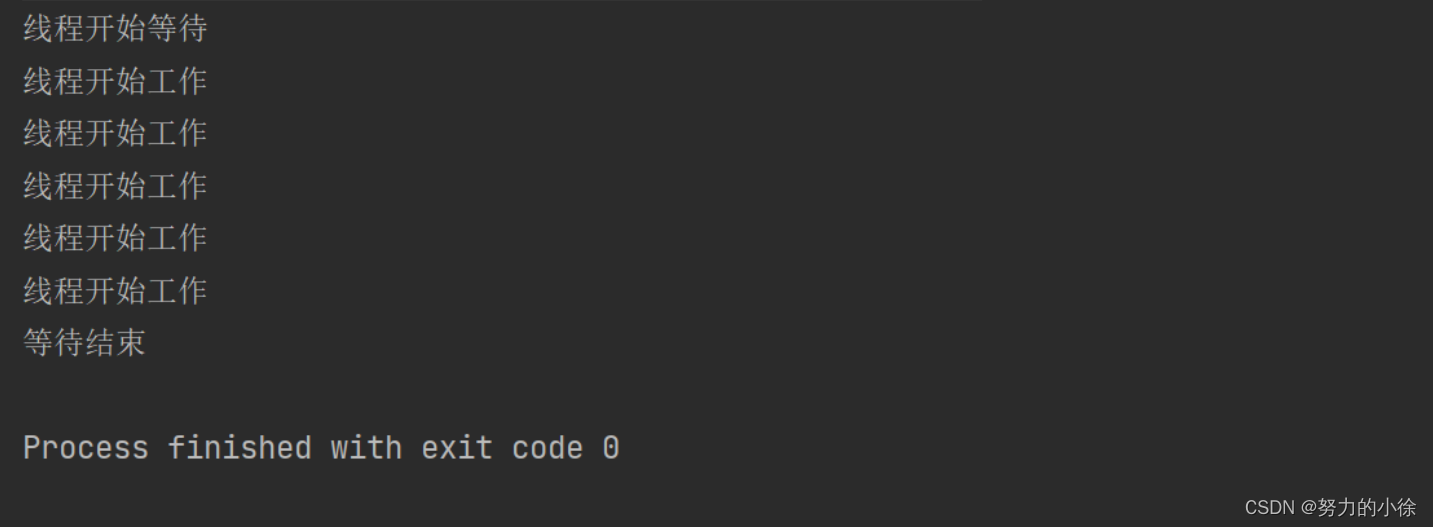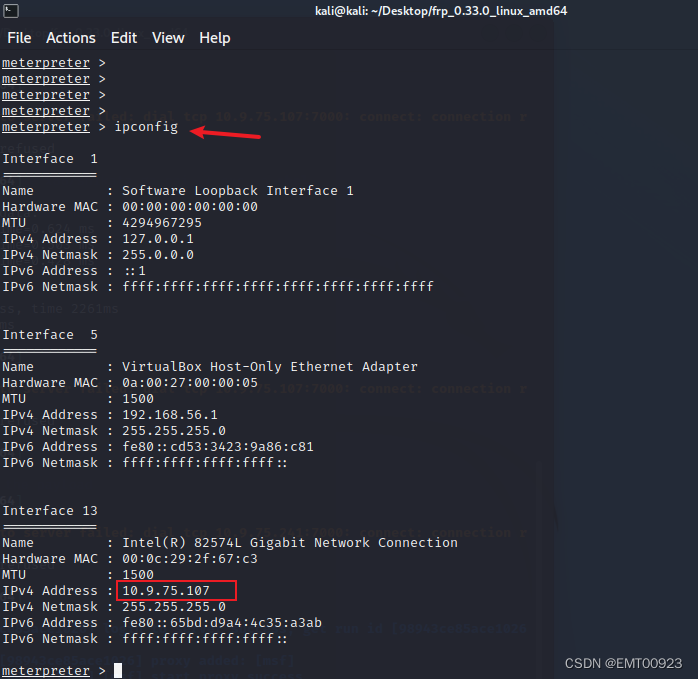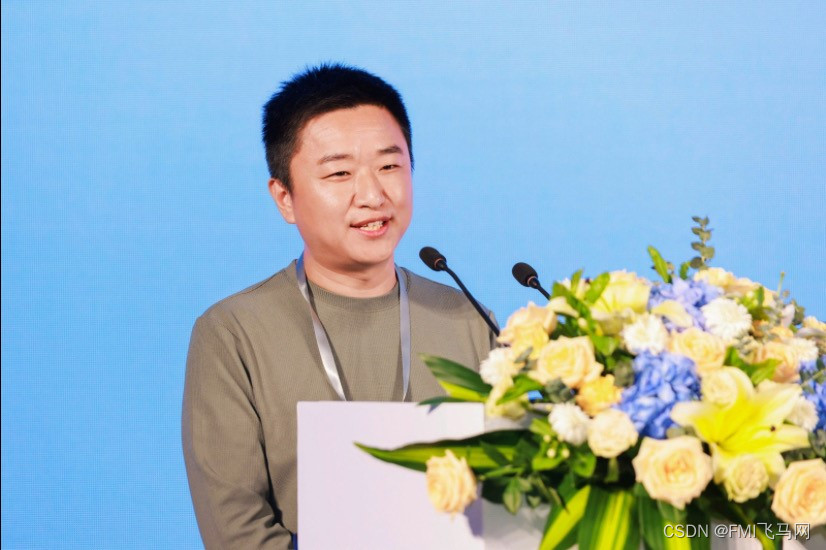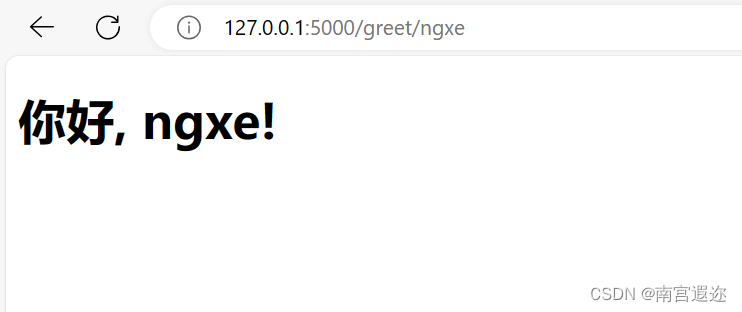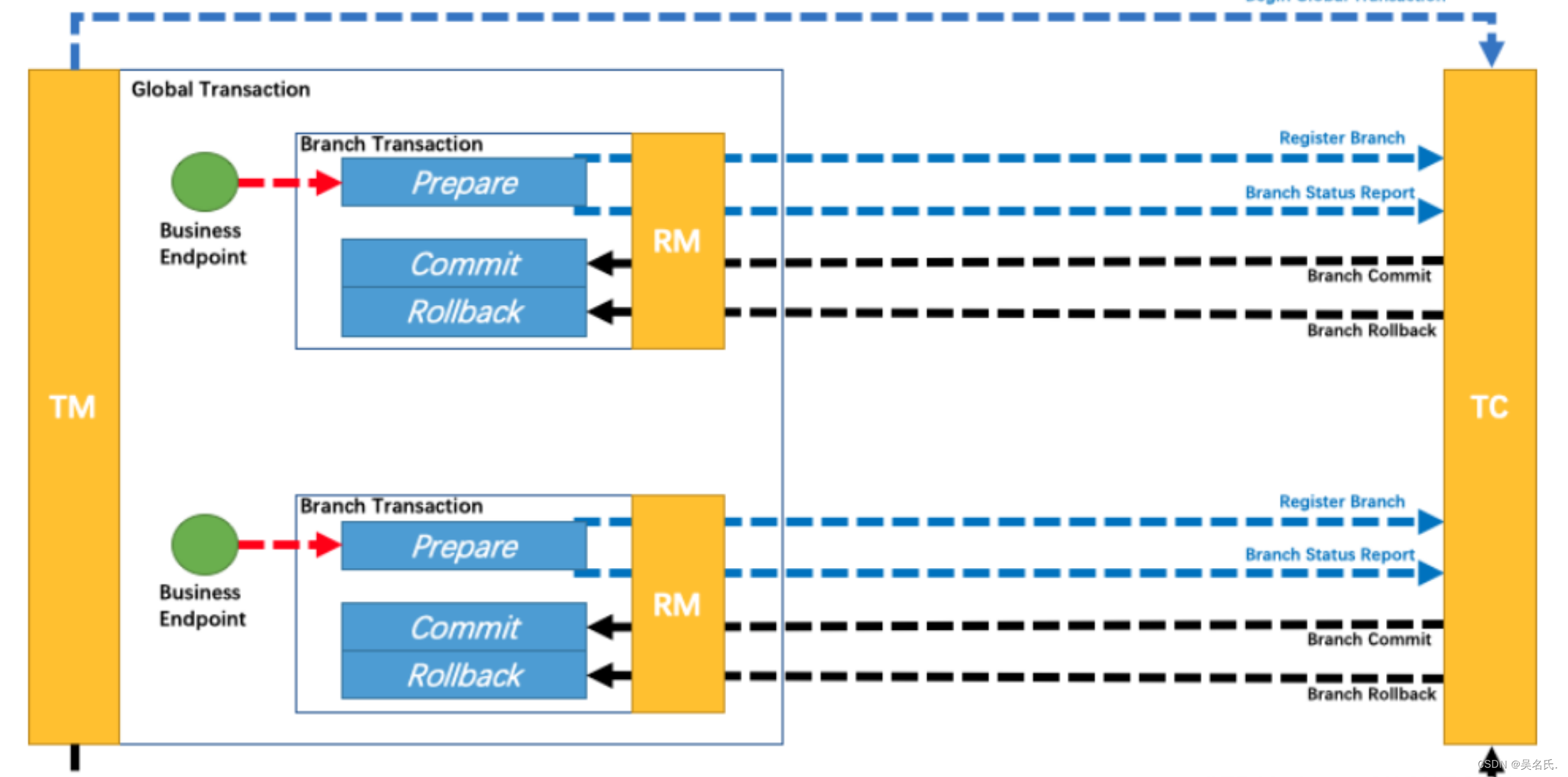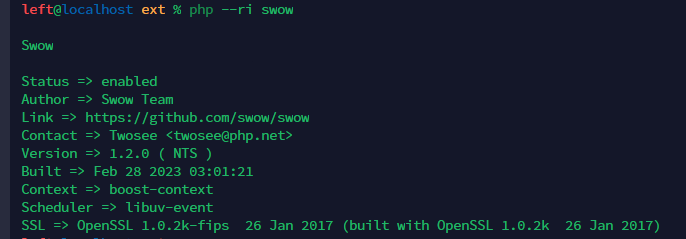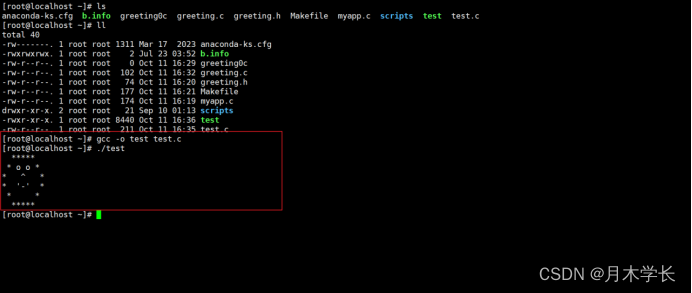%matplotlib inline
import math
import torch
from torch import nn
from torch.nn import functional as F
from d2l import torch as d2l
batch_size, num_steps = 32, 35
train_iter, vocab = d2l.load_data_time_machine(batch_size, num_steps) # 仍然使用时间机器数据集
8.5.1 独热编码
采样的小批量数据形状是二维张量:(批量大小,时间步数)。one_hot 函数将这样一个小批量数据转换成形状为(时间步数,批量大小,词表大小)的输出。这将使我们能够更方便地通过最外层的维度, 一步一步地更新小批量数据的隐状态。
F.one_hot(torch.tensor([0, 2]), len(vocab))
tensor([[1, 0, 0, 0, 0, 0, 0, 0, 0, 0, 0, 0, 0, 0, 0, 0, 0, 0, 0, 0, 0, 0, 0, 0,
0, 0, 0, 0],
[0, 0, 1, 0, 0, 0, 0, 0, 0, 0, 0, 0, 0, 0, 0, 0, 0, 0, 0, 0, 0, 0, 0, 0,
0, 0, 0, 0]])
X = torch.arange(10).reshape((2, 5))
F.one_hot(X.T, 28).shape # 转置一下把时间放前面
torch.Size([5, 2, 28])
8.5.2 初始化模型参数
def get_params(vocab_size, num_hiddens, device):
num_inputs = num_outputs = vocab_size # 输入是独热编码所以长度是vocab_size;输出是在vocab里面预测所以长度也是vocab_size
def normal(shape):
return torch.randn(size=shape, device=device) * 0.01
# 隐藏层参数
W_xh = normal((num_inputs, num_hiddens))
W_hh = normal((num_hiddens, num_hiddens))
b_h = torch.zeros(num_hiddens, device=device)
# 输出层参数
W_hq = normal((num_hiddens, num_outputs))
b_q = torch.zeros(num_outputs, device=device)
# 附加梯度
params = [W_xh, W_hh, b_h, W_hq, b_q]
for param in params:
param.requires_grad_(True)
return params
8.5.3 循环神经网络
init_rnn_state 函数在初始化时返回隐状态。这个函数返回的是一个全用 0 填充的张量,张量形状为(批量大小,隐藏单元数)。
def init_rnn_state(batch_size, num_hiddens, device):
return (torch.zeros((batch_size, num_hiddens), device=device), )
rnn 函数在一个时间步内计算隐状态和输出。这里使用 tanh 函数作为激活函数。如前节所述,当元素在实数上满足均匀分布时,tanh 函数的平均值为0。
def rnn(inputs, state, params): # inputs的形状:(时间步数量,批量大小,词表大小)
W_xh, W_hh, b_h, W_hq, b_q = params
H, = state
outputs = []
for X in inputs: # X的形状:(批量大小,词表大小) 前面转置是为了这里遍历
H = torch.tanh(torch.mm(X, W_xh) + torch.mm(H, W_hh) + b_h) # 计算隐状态
Y = torch.mm(H, W_hq) + b_q # 计算输出
outputs.append(Y)
return torch.cat(outputs, dim=0), (H,) # 沿时间步拼接
创建一个类来包装上述函数,并存储从零开始实现的循环神经网络模型的参数。
class RNNModelScratch: #@save
"""从零开始实现的循环神经网络模型"""
def __init__(self, vocab_size, num_hiddens, device,
get_params, init_state, forward_fn):
self.vocab_size, self.num_hiddens = vocab_size, num_hiddens
self.params = get_params(vocab_size, num_hiddens, device)
self.init_state, self.forward_fn = init_state, forward_fn
def __call__(self, X, state):
X = F.one_hot(X.T, self.vocab_size).type(torch.float32)
return self.forward_fn(X, state, self.params)
def begin_state(self, batch_size, device):
return self.init_state(batch_size, self.num_hiddens, device)
测试输出维度是否不变。
num_hiddens = 512
net = RNNModelScratch(len(vocab), num_hiddens, d2l.try_gpu(), get_params,
init_rnn_state, rnn)
state = net.begin_state(X.shape[0], d2l.try_gpu())
Y, new_state = net(X.to(d2l.try_gpu()), state)
Y.shape, len(new_state), new_state[0].shape
(torch.Size([10, 28]), 1, torch.Size([2, 512]))
8.5.4 预测
首先定义预测函数来生成 prefix (用户提供的多字符的字符串)之后的新字符。
在循环遍历 prefix 中的开始字符时,不断地将隐状态传递到下一个时间步,但是不生成任何输出。这被称为 预热期(warm-up),因为在此期间模型会自我更新(例如,更新隐状态),但不会进行预测。预热期结束后,隐状态的值通常比刚开始的初始值更适合预测,从而预测字符并输出它们。
def predict_ch8(prefix, num_preds, net, vocab, device): #@save
"""在prefix后面生成新字符"""
state = net.begin_state(batch_size=1, device=device)
outputs = [vocab[prefix[0]]] # 调用 vocab 类的 __getitem__ 方法
get_input = lambda: torch.tensor([outputs[-1]], device=device).reshape((1, 1)) # 把预测结果(结果的最后一个)作为下一个的输入
for y in prefix[1:]: # 预热期 把前缀先载进模型
_, state = net(get_input(), state)
outputs.append(vocab[y])
for _ in range(num_preds): # 预测 num_preds 步
y, state = net(get_input(), state)
outputs.append(int(y.argmax(dim=1).reshape(1))) # 优雅
return ''.join([vocab.idx_to_token[i] for i in outputs])
predict_ch8('time traveller ', 10, net, vocab, d2l.try_gpu()) # 没有训练过,会生成荒谬的结果
'time traveller gnwvr gnwv'
8.5.5 梯度裁剪
对于长度为 T T T 的序列,我们在迭代中计算 T T T 这个时间步上的梯度,将会在反向传播过程中产生长度为 O ( T ) O(T) O(T) 的矩阵乘法链。当 T T T 较大时,数值不稳定可能导致梯度爆炸或梯度消失。
一个流行的替代方案是通过将梯度 g g g 投影回给定半径 θ \theta θ 的球来裁剪梯度:
g ← min ( 1 , θ ∣ ∣ g ∣ ∣ ) g g\gets\min\left(1,\frac{\theta}{||g||}\right)g g←min(1,∣∣g∣∣θ)g
def grad_clipping(net, theta): #@save
"""裁剪梯度"""
if isinstance(net, nn.Module):
params = [p for p in net.parameters() if p.requires_grad]
else:
params = net.params
norm = torch.sqrt(sum(torch.sum((p.grad ** 2)) for p in params)) # 计算范数
if norm > theta: # 限制梯度范围
for param in params:
param.grad[:] *= theta / norm
8.5.6 训练
与之前训练模型的方式有三个不同之处:
-
序列数据的不同采样方法将导致隐状态初始化的差异。
-
当使用顺序分区时, 我们只在每个迭代周期的开始位置初始化隐状态。
由于下一个小批量数据中的序列样本 与当前子序列样本相邻,因此当前小批量数据最后一个样本的隐状态将用于初始化下一个小批量数据第一个样本的隐状态。
-
当使用随机抽样时,因为每个样本都是在一个随机位置抽样的,因此需要为每个迭代周期重新初始化隐状态。
-
-
在更新模型参数之前裁剪梯度。即使训练过程中某个点上发生了梯度爆炸,也能保证模型不会发散。
- 在任何一点隐状态的计算,都依赖于同一迭代周期中前面所有的小批量数据,这使得梯度计算变得复杂。为了降低计算量,在处理任何一个小批量数据之前,我们先分离梯度,使得隐状态的梯度计算总是限制在一个小批量数据的时间步内。
-
我们用困惑度来评价模型,确保了不同长度的序列具有可比性。
#@save
def train_epoch_ch8(net, train_iter, loss, updater, device, use_random_iter):
"""训练网络一个迭代周期(定义见第8章)"""
state, timer = None, d2l.Timer()
metric = d2l.Accumulator(2) # 训练损失之和,词元数量
for X, Y in train_iter:
if state is None or use_random_iter:
# 在第一次迭代或使用随机抽样时初始化state
state = net.begin_state(batch_size=X.shape[0], device=device)
else:
if isinstance(net, nn.Module) and not isinstance(state, tuple):
# state对于nn.GRU是个张量
state.detach_()
else:
# state对于nn.LSTM或对于我们从零开始实现的模型是个张量
for s in state:
s.detach_()
y = Y.T.reshape(-1) # 经典转置
X, y = X.to(device), y.to(device)
y_hat, state = net(X, state)
l = loss(y_hat, y.long()).mean()
if isinstance(updater, torch.optim.Optimizer):
updater.zero_grad()
l.backward()
grad_clipping(net, 1)
updater.step()
else:
l.backward()
grad_clipping(net, 1)
# 因为已经调用了mean函数
updater(batch_size=1)
metric.add(l * y.numel(), y.numel())
return math.exp(metric[0] / metric[1]), metric[1] / timer.stop()
#@save
def train_ch8(net, train_iter, vocab, lr, num_epochs, device,
use_random_iter=False):
"""训练模型(定义见第8章)"""
loss = nn.CrossEntropyLoss()
animator = d2l.Animator(xlabel='epoch', ylabel='perplexity',
legend=['train'], xlim=[10, num_epochs])
# 初始化
if isinstance(net, nn.Module):
updater = torch.optim.SGD(net.parameters(), lr)
else:
updater = lambda batch_size: d2l.sgd(net.params, lr, batch_size)
predict = lambda prefix: predict_ch8(prefix, 50, net, vocab, device)
# 训练和预测
for epoch in range(num_epochs):
ppl, speed = train_epoch_ch8(
net, train_iter, loss, updater, device, use_random_iter)
if (epoch + 1) % 10 == 0:
print(predict('time traveller'))
animator.add(epoch + 1, [ppl])
print(f'困惑度 {ppl:.1f}, {speed:.1f} 词元/秒 {str(device)}')
print(predict('time traveller'))
print(predict('traveller'))
num_epochs, lr = 500, 1 # 因为只使用了10000个词元,所以模型需要更多的迭代周期来更好地收敛
train_ch8(net, train_iter, vocab, lr, num_epochs, d2l.try_gpu()) # 先来一波默认的顺序分区
困惑度 1.0, 84837.9 词元/秒 cuda:0
time traveller for so it will be convenient to speak of himwas e
travelleryou can show black is white by argument said filby

困惑度 1.0,属于是把书背下来了。
net1 = RNNModelScratch(len(vocab), num_hiddens, d2l.try_gpu(), get_params,
init_rnn_state, rnn)
train_ch8(net, train_iter, vocab, lr, num_epochs, d2l.try_gpu(),
use_random_iter=True) # 使用随机抽样方法
困惑度 1.5, 79291.4 词元/秒 cuda:0
time traveller held in his hand was a glitteringmetallic framewo
travellerit would be remarkably convenient for the historia

练习
(1)尝试说明独热编码等价于为每个对象选择不同的嵌入表示。
不会,略
(2)通过调整超参数(如轮数、隐藏单元数、小批量数据的时间步数、学习率等)来改善困惑度。
a. 困惑度可以降到多少?
b. 用可学习的嵌入表示替换独热编码,是否会带来更好的表现?
c. 如果用H.G.Wells的其他书作为数据集时效果如何, 例如世界大战?
能降,b c太麻烦了,略。
batch_size, num_steps2 = 32, 64
train_iter2, vocab = d2l.load_data_time_machine(batch_size, num_steps2)
num_hiddens2 = 1024
net2 = RNNModelScratch(len(vocab), num_hiddens2, d2l.try_gpu(), get_params,
init_rnn_state, rnn)
num_epochs2, lr2 = 1000, 0.5
train_ch8(net2, train_iter2, vocab, lr2, num_epochs2, d2l.try_gpu(),
use_random_iter=True) # 使用随机抽样方法,顺序分区已经降无可降了
困惑度 1.2, 58441.2 词元/秒 cuda:0
time traveller for so it will be convenient to speak of himwas e
traveller with a slight accession ofcheerfulness really thi

(3)修改预测函数,例如使用抽样,而不是选择最有可能的下一个字符。
a. 会发生什么?
b. 调整模型使之偏向更可能的输出,例如,当 α > 1 \alpha >1 α>1,从 q ( x t ∣ x t − 1 , … , x 1 ) ∝ P ( x t ∣ x t − 1 , … , x 1 ) α q(x_t|x_{t-1},\dots,x_1)\propto P(x_t|x_{t-1},\dots,x_1)^\alpha q(xt∣xt−1,…,x1)∝P(xt∣xt−1,…,x1)α 中采样。
不会,略。
(4)在不裁剪梯度的情况下运行本节中的代码会发生什么?
略。
def train_epoch_ch8_4(net, train_iter, loss, updater, device, use_random_iter):
state, timer = None, d2l.Timer()
metric = d2l.Accumulator(2)
for X, Y in train_iter:
if state is None or use_random_iter:
state = net.begin_state(batch_size=X.shape[0], device=device)
else:
if isinstance(net, nn.Module) and not isinstance(state, tuple):
state.detach_()
else:
for s in state:
s.detach_()
y = Y.T.reshape(-1)
X, y = X.to(device), y.to(device)
y_hat, state = net(X, state)
l = loss(y_hat, y.long()).mean()
if isinstance(updater, torch.optim.Optimizer):
updater.zero_grad()
l.backward()
# grad_clipping(net, 1) # 去掉梯度裁剪
updater.step()
else:
l.backward()
# grad_clipping(net, 1) # 去掉梯度裁剪
updater(batch_size=1)
metric.add(l * y.numel(), y.numel())
return math.exp(metric[0] / metric[1]), metric[1] / timer.stop()
def train_ch8_4(net, train_iter, vocab, lr, num_epochs, device,
use_random_iter=False):
loss = nn.CrossEntropyLoss()
animator = d2l.Animator(xlabel='epoch', ylabel='perplexity',
legend=['train'], xlim=[10, num_epochs])
if isinstance(net, nn.Module):
updater = torch.optim.SGD(net.parameters(), lr)
else:
updater = lambda batch_size: d2l.sgd(net.params, lr, batch_size)
predict = lambda prefix: predict_ch8(prefix, 50, net, vocab, device)
for epoch in range(num_epochs):
ppl, speed = train_epoch_ch8_4(
net, train_iter, loss, updater, device, use_random_iter)
if (epoch + 1) % 10 == 0:
print(predict('time traveller'))
animator.add(epoch + 1, [ppl])
print(f'困惑度 {ppl:.1f}, {speed:.1f} 词元/秒 {str(device)}')
print(predict('time traveller'))
print(predict('traveller'))
net3 = RNNModelScratch(len(vocab), num_hiddens, d2l.try_gpu(), get_params,
init_rnn_state, rnn)
num_epochs, lr = 500, 1
train_ch8_4(net3, train_iter, vocab, lr, num_epochs, d2l.try_gpu()) # 去掉梯度裁剪直接爆炸
困惑度 195745164855533848843693558201405885920387170281738976926429980299285757160792307487577948624519168.0, 92924.4 词元/秒 cuda:0
time travellertttttttttttttttttttttttttttttttttttttttttttttttttt
travellertttttttttttttttttttttttttttttttttttttttttttttttttt

(5)更改顺序划分,使其不会从计算图中分离隐状态。运行时间会有变化吗?困惑度呢?
略。
(6)用 ReLU 替换本节中使用的激活函数,并重复本节中的实验。我们还需要梯度裁剪吗?为什么?
def rnn_6(inputs, state, params):
W_xh, W_hh, b_h, W_hq, b_q = params
H, = state
outputs = []
for X in inputs:
H = torch.relu(torch.mm(X, W_xh) + torch.mm(H, W_hh) + b_h)
Y = torch.mm(H, W_hq) + b_q
outputs.append(Y)
return torch.cat(outputs, dim=0), (H,)
net4 = RNNModelScratch(len(vocab), num_hiddens, d2l.try_gpu(), get_params,
init_rnn_state, rnn_6)
num_epochs, lr = 500, 1
train_ch8_4(net4, train_iter, vocab, lr, num_epochs, d2l.try_gpu()) # 用 Relu 好像不用裁剪也行哇,收敛更快了
困惑度 1.0, 83541.7 词元/秒 cuda:0
time traveller for so it will be convenient to speak of himwas e
traveller with a slight accession ofcheerfulness really thi

net5 = RNNModelScratch(len(vocab), num_hiddens, d2l.try_gpu(), get_params,
init_rnn_state, rnn_6)
num_epochs, lr = 500, 1
train_ch8(net5, train_iter, vocab, lr, num_epochs, d2l.try_gpu()) # 换了 Relu 好像用不用裁剪没差
困惑度 1.0, 88798.8 词元/秒 cuda:0
time traveller with a slight accession ofcheerfulness really thi
traveller with a slight accession ofcheerfulness really thi


